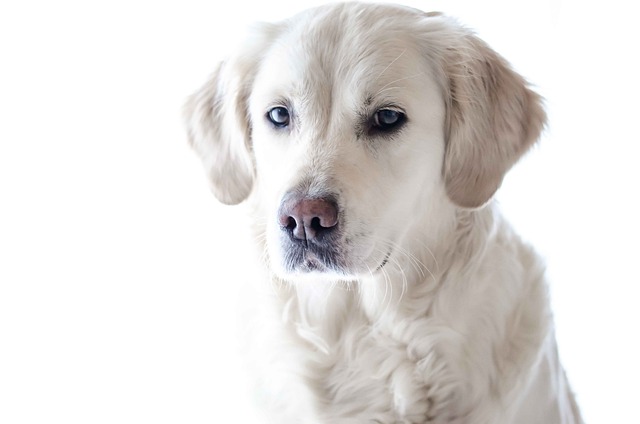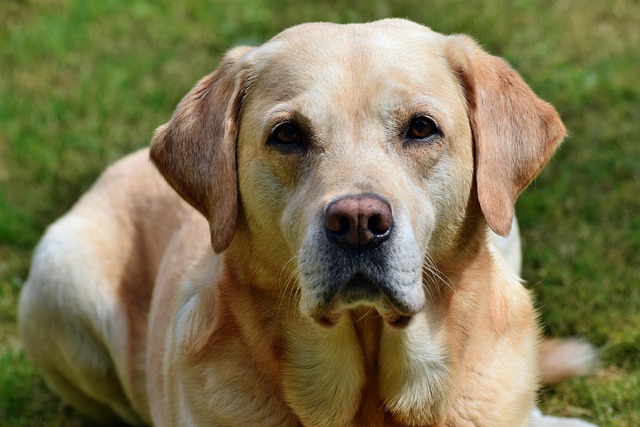
How to crate train a dog with separation anxiety?
Many new dog owners notice the same pattern: grabbing your keys triggers whimpers, paws scratch at the door, and suddenly your pup is in full panic mode.
Those razor-sharp puppy teeth sinking into your favorite socks—or worse, your toes—aren’t rebellion; they’re your furry buddy learning about the world. Puppies explore through their mouths, and teething discomfort (peaking around 12–24 weeks) amps up the nibbling.
Forget scolding—modern training builds bite inhibition using positive methods that align with U.S. and EU animal welfare laws banning physical punishment. Here’s how to turn those needle nips into gentle kisses.
Start by decoding the bite. Playful lunges? Redirect instantly to a tug rope. Teething pain? Offer a frozen carrot (supervised!) or a chilled rubber toy. When teeth graze skin, yelp "OUCH!" like a hurt pup, then freeze and turn away for 15 seconds—no eye contact, no talking. This mimics how littermates teach boundaries and teaches that biting = play stops.
Critical reminder: Never tap noses, yell, or pin your pup. These outdated tactics violate cultural norms in places like Boulder or Brighton, risk creating fear-based aggression, and defy certifications like the UK’s APDT force-free standards.

Legalities weave into training success. Before practicing "bite inhibition" at dog parks or puppy classes, complete core vaccines (DHPP and rabies—mandatory in states like New York for public access). Always stash compostable waste bags in your pocket; scooping promptly in shared apartment courtyards or trails isn’t just polite—cities like Austin fine $500 for violations. Apartment dwellers, swap squeaky toys for silent rubber chews to avoid noise complaints during late-night teething sessions, and always leash your pup in hallways (standard lease clauses).
Consistency is your secret weapon. Train all family members to use the same "yelp-and-pause" technique. Try "gentle mouth" drills: Coat your hand with chicken broth; if teeth touch skin, say "easy!" and withdraw until licks replace bites. Reward with praise. For stubborn biters, enforce 2-minute "calm breaks" in a puppy-proofed pen (never isolation). If progress stalls after 4 weeks, hire a Certified Professional Dog Trainer (CPDT-KA)—early force-free intervention prevents ingrained habits. Remember, patience and redirection build trust faster than frustration. Soon, those teeth will be reserved for bully sticks—not your slippers!

Many new dog owners notice the same pattern: grabbing your keys triggers whimpers, paws scratch at the door, and suddenly your pup is in full panic mode.

Finding little surprises around the house is part of puppy parenthood, but that doesn’t mean it has to last. A new pup doesn’t know your rules—they’re still figuring out their own body signals, let alone where to go when nature calls.

Teddy bear puppies, with their squishy faces and fluffy coats, melt hearts easily—but when it comes to potty training, their cute exterior doesn’t always translate to smooth sailing.

That stubborn moment when your dog plants all four paws like a furry statue during your neighborhood stroll - while frustrating, this behavior usually signals something deeper than

That moment when you're trying to navigate your narrow apartment hallway and your Golden Retriever becomes an immovable furry roadblock

Dogs are creatures of habit, and when they start using their crate as a bathroom, it’s usually a sign something’s off in their routine or environment.